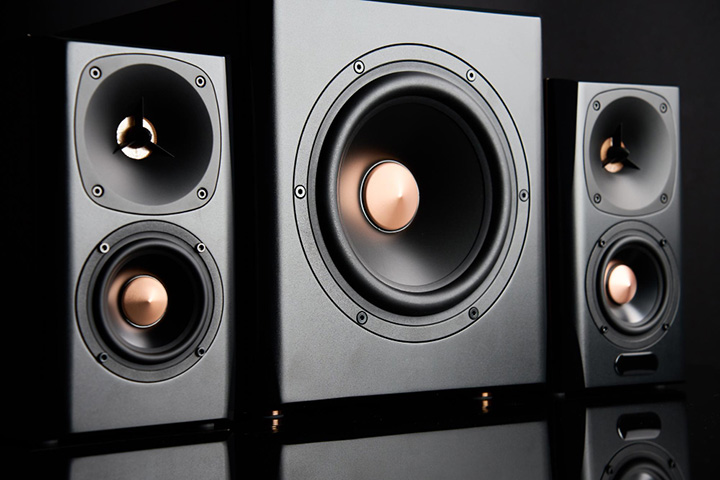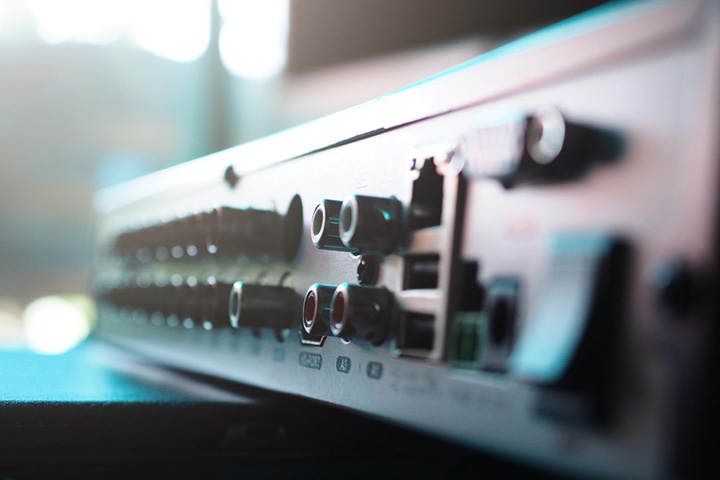Enhancing your home theater experience with a powerful subwoofer can elevate your audio setup to new heights. However, connecting a subwoofer to an AV receiver might seem like a daunting task for those unfamiliar with the process.
So, how to connect subwoofer to AV receiver? Fear not, as this comprehensive guide will walk you through the steps required to seamlessly integrate your subwoofer into your existing audio system.
Whether you’re a seasoned audiophile or a beginner in the realm of home entertainment, this article will provide you with a clear understanding of the necessary components, connections, and settings to ensure optimal performance.
From identifying the appropriate inputs and outputs to configuring the subwoofer’s crossover frequency and level, we’ll cover every aspect to help you unlock the full potential of your subwoofer. So, get ready to immerse yourself in bone-rattling bass and experience your favorite movies, music, and games like never before.
Understanding Subwoofers and AV Receivers
Subwoofers and AV receivers are essential components for an immersive home theater experience. Subwoofers are specialized speakers that reproduce low-frequency rumbles and bass notes, adding depth and realism to movies, music, and games. They make you feel the impact of explosions and thunderous action sequences.
AV receivers act as the central hub, processing audio signals from various sources. They split the audio into different frequencies. The low ranges are sent to the subwoofer for powerful bass reproduction.
Higher frequencies are distributed to other speakers for clear dialogue and sound effects. Together, subwoofers and AV receivers create a rich, multi-dimensional audio experience that envelops you in the action. Let’s see how to connect subwoofer to receiver!

How to Connect Subwoofer to AV Receiver
1. Checking compatibility
Ensuring compatibility between your subwoofer and AV receiver is crucial. Check the specifications and connection types of both devices to ensure they can communicate properly. Incompatible devices may result in poor audio quality or potential damage.
Confirm that your AV receiver supports a subwoofer connection and that the connection types match. Consult the manuals or product specifications for detailed information on compatibility. Overlooking this step can lead to frustration and potential equipment issues down the line.
2. Connecting the subwoofer
With compatibility confirmed, physically connect the subwoofer to your AV receiver. Power off all devices before connecting cables to avoid damage. Locate the subwoofer output on your AV receiver and the corresponding input on your subwoofer.
Use the appropriate cable type (RCA or speaker wire) to securely connect one end to the AV receiver’s output and the other end to the subwoofer’s input. Double-check that all connections are tight and secure.
Loose connections can cause audio interference, signal loss, or even complete signal drop-out. Ensure all cables are properly routed and organized for a clean setup.
3. Configuring the AV receiver
Access the speaker setup menu on your AV receiver, often labeled “Speaker Configuration”, and enable the subwoofer option. This allows your AV receiver to send low frequencies to the subwoofer.
If available, adjust crossover frequencies to set the bass redirection cut-off point. Many AV receivers offer room calibration features to automatically optimize subwoofer levels, delay settings, and balanced audio across all speakers.
Follow the on-screen instructions or consult your manual to run the calibration process. Proper configuration is essential to unlock the full potential of your subwoofer and enjoy an immersive audio experience.
Testing the Connection
Listening for issues
After connecting the subwoofer, play audio content with strong bass frequencies. Listen carefully for any distortion, lack of bass, crackling sounds, or improper integration with other speakers.
The bass should be smooth and evenly distributed throughout the room. Pay close attention to how the subwoofer blends with the rest of your speaker setup.
Any noticeable gaps or inconsistencies in the low-end frequencies could indicate an issue with the connection or settings. Move around the room and listen from different positions. This will give you a comprehensive understanding of the subwoofer’s performance.
Adjusting settings
If you notice any issues, adjust the settings accordingly. Most AV receivers offer controls for subwoofer level, crossover frequency, and phase. Adjust the subwoofer level to balance the bass with other speakers.
Start with a lower setting and gradually increase until the bass is neither too overpowering nor too faint. Set the crossover frequency until the transition between speakers and subwoofer is seamless. Do not allow any overlapping or gaps in the frequency range.
Reverse the phase if the bass sounds muddy or canceled out, as this can help sync the subwoofer with the rest of the system. Experiment with these settings until you achieve optimal sound quality. Be patient and don’t rush the process, as minor tweaks can significantly impact the overall audio experience.

Troubleshooting Tips
If you’re experiencing issues like no sound from the subwoofer or distorted bass, troubleshoot by checking the power and cable connections. Check the AV receiver settings to ensure the subwoofer is enabled, the proper crossover frequency is set, and the level is correct.
Test the subwoofer directly by connecting it to an audio source to isolate the issue. Adjust the subwoofer level and crossover frequency to eliminate distortion. Experiment with speaker placement and use high-quality cables. If problems persist after methodical troubleshooting, the subwoofer itself may be faulty.
Conclusion
We hope this guide has empowered you with the knowledge to integrate your subwoofer seamlessly. By following our clear instructions, you’ve unlocked the secrets to a truly immersive audio experience.
No more confusing jargon or feeling lost – you now understand the process of how to connect subwoofer to AV receiver from identifying cables and ports to fine-tuning settings.
Embrace the power of earth-shaking, cinematic sound and get ready to be transported to the heart of every explosive scene, concert, or gaming session. Let the bass-fueled euphoria commence in your home theater setup!

